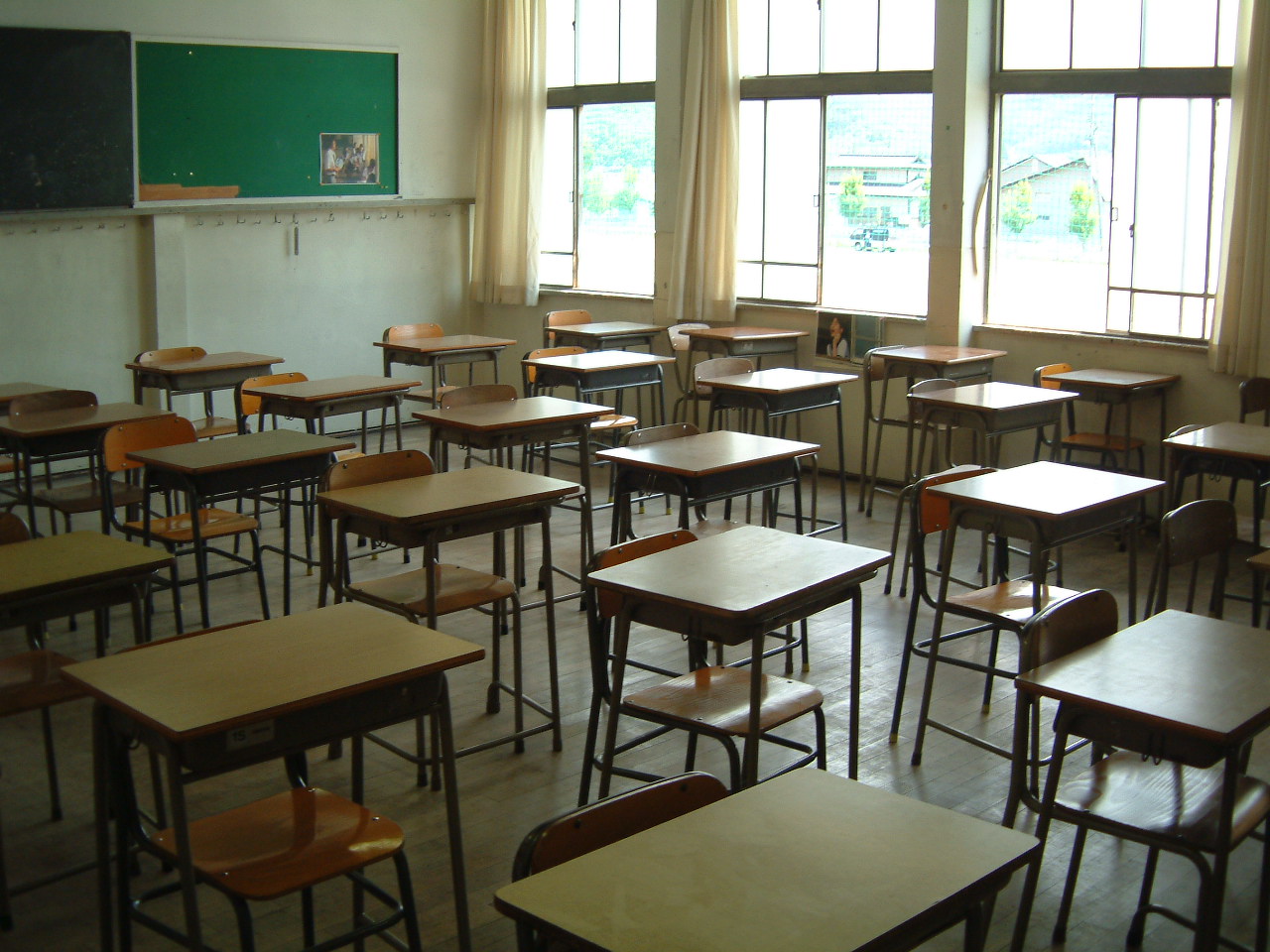In 2014—for the first time ever—pupils of color accounted for more than half of the pupils in public schools. This demographic shift, however, is notably absent in the teacher workforce. In the 2015–16 school year, 80.1 percent of public school teachers identified as white. There are 8.1 white students for every white teacher, compared to 34.1 students of color for every teacher of color. This discrepancy between educators and students is referred to as the diversity gap, and it has deleterious effects on the students of color living in this country.
Diversifying classroom leaders would help decrease—or even eliminate—the achievement gap between white students and students of color. Studies indicate that having a teacher of the same race improves standardized test scores by up to six percentage points. Black teachers have 30 to 40 percent higher expectations for Black students than do white teachers, and minority children are placed in gifted programs at higher rates in schools with higher teacher diversity. These trends extend into socioemotional grounds. Further, teachers tend to view Black and Hispanic students as more disruptive and less attentive than white students, and minority students have lower rates of disciplinary action under minority teachers.
A more diverse teacher workforce would also present students of color with role models, cultural translators, and advocates, while challenging stereotypes and exposing all students to diverse figures of authority. Thus, closing the diversity gap is a crucial step to reducing the achievement gap between white and minority students. However, given that Black and Hispanic teachers comprise only 6.7 and 8.8 percent of the teacher workforce, respectively, Black and Hispanic students can expect to have a teacher they racially identify with only once throughout their 13 years of public school education.
Although some areas have recognized the importance of a more diverse teaching force, the diversity gap persists. Both Boston and Florida have implemented programs that specifically recruit and train minority teachers, but the actions of individual states alone cannot fix the structural issues that caused this widespread problem.
The current teacher training pipeline perpetuates the lack of minority teachers. Aspiring minority teachers themselves lack role models and a community within the teacher workforce, and they may also lack the resources needed to pursue costly certification processes. Hence, minority involvement decreases at every step in the traditional path to becoming a teacher. In the 2011–12 school year, minority students comprised 43 percent of high school graduates, 38 percent of students enrolling in higher education, and 18 percent of those completing an education program with a teacher certification. Even worse, the teacher retention rate is lower among minorities; teachers of color are 24 percent more likely to leave teaching than their white counterparts. Once in the workforce, teachers of color often work in high-poverty, low-performing schools with high turnover rates.
Despite these concerning statistics, there are reasons for optimism. Federal efforts such as Race to the Top have increased recognition and funding for alternative teacher preparation programs. The flexibility of these programs attracts minority recruits, offering accelerated schedules and online courses to accommodate candidates with other jobs. Thirty-six percent of enrollees in alternative certification programs were Black or Hispanic in 2012, indicating that the program is seeing early success.
As alternative programs become more prevalent, the teacher workforce should diversify. In turn, this will expose students of color to authority figures who have confidence in them and who they can relate to, improving student academic experiences and creating a pipeline for these students to pursue teaching positions themselves. Moreover, once the proportion of teachers of color in schools increases, so should their retention rates. The vicious cycle that has prolonged the diversity gap doesn’t need to perpetuate itself any further—and can be replaced with a positive feedback loop.

For context
Source. https://www.ets.org/Media/Research/pdf/RR-11-08.pdf
“For licensure tests, which are pass/fail, group performance differences may not be much of an issue if the pass rates for the groups are not very different. In the case of Praxis I licensure assessments, however, the pass rates are indeed a reflection of the African American–White test-taker score gap.
Table 5 shows that African American first-time test-takers had a significantly lower pass rate than White first-time test-takers on each Praxis I exam. The Praxis I Mathematics exam, which had the largest score gap, also had the largest gap in pass rate.
Table 5 Differences in Passing Rates on Praxis I Tests by Race/Ethnicity
Group Reading Writing Mathematics
Percentage of first-time African American test-takers who passed 40.7 44.2 36.8
Percentage of first-time White test-takers who passed 81.5 79.5 78.2